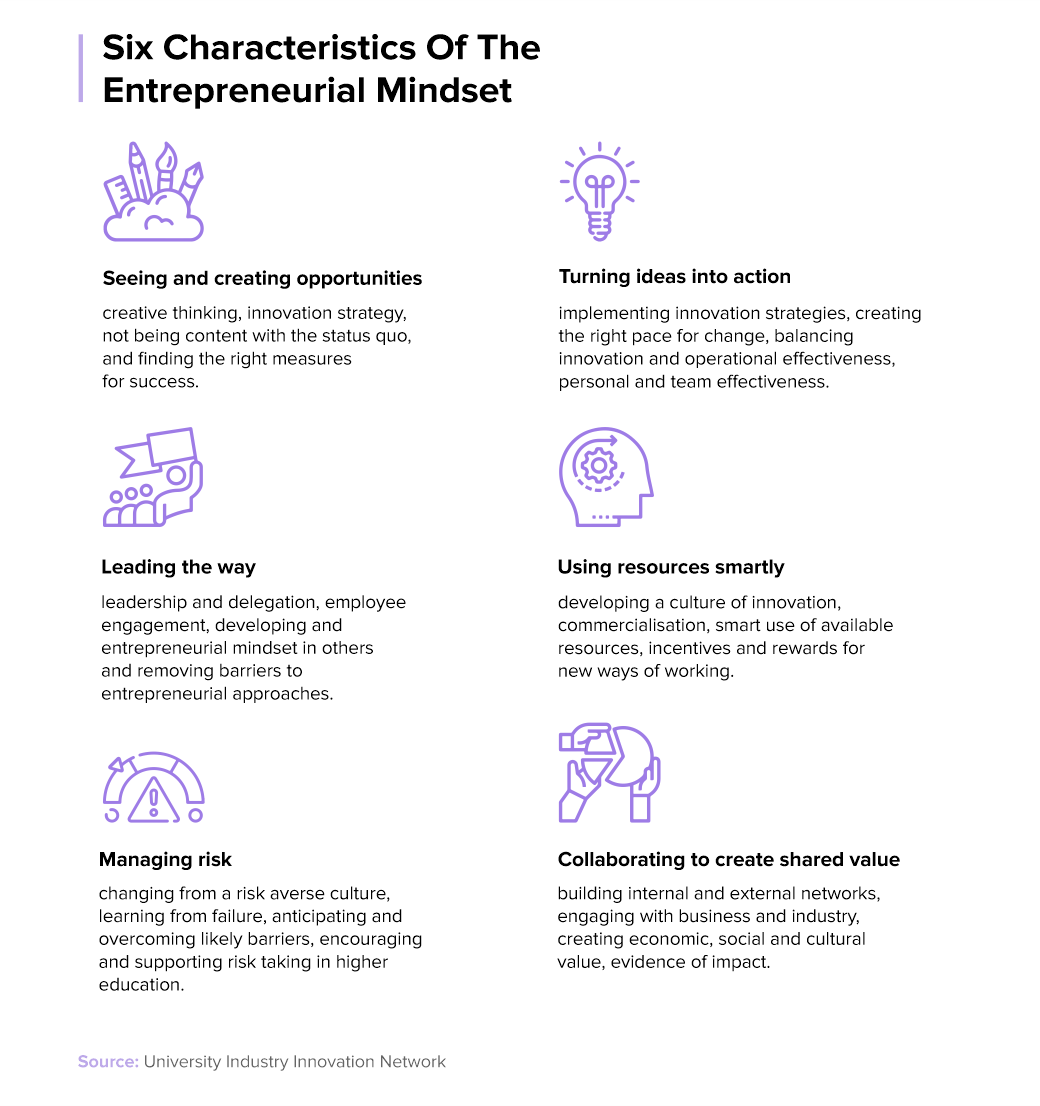Understanding SEO: A Comprehensive Guide

Search Engine Optimization (SEO) is the practice of enhancing a website’s visibility on search engines like Google and Bing. In today’s digital landscape, where competition is fierce, SEO plays a crucial role in determining a website’s success. By optimizing content, businesses can improve their rankings in search results, increasing both the quantity and quality of traffic. This guide will delve into the multifaceted world of SEO, exploring its importance for businesses and its function as a digital marketing strategy aimed at driving revenue and growth.
Introduction to SEO
At its core, SEO is about making your website more appealing to search engines. This involves various techniques and strategies designed to improve your site’s position in search results. A higher ranking often translates to increased visibility, leading to more visitors, potential customers, and ultimately, higher sales. SEO is essential for businesses of all sizes, as it helps them compete in an increasingly digital marketplace. By understanding how search engines work, businesses can tailor their strategies to meet the needs of their target audience effectively.

Types of SEO
SEO can be categorized into three main types: On-Page SEO, Off-Page SEO, and Technical SEO. Each type plays a vital role in a comprehensive SEO strategy. On-Page SEO focuses on optimizing individual web pages to improve their rankings. This includes the content, HTML source code, and user experience. Elements like title tags, meta descriptions, and header tags are crucial for signaling to search engines what the page is about. Off-Page SEO, on the other hand, involves activities outside the website that influence its authority and credibility. This includes link-building, social media marketing, and influencer outreach. A strong backlink profile can significantly enhance a site’s authority, thus improving its ranking. Technical SEO ensures that a website meets the technical requirements necessary for crawling and indexing. This involves optimizing site speed, enhancing mobile responsiveness, and ensuring a secure connection. Technical SEO is foundational; without it, even the best content may struggle to rank.
The Importance of Keywords
Keywords are the foundation of SEO, acting as the bridge between what users search for and the content provided. Effective keyword research is critical for understanding user intent and tailoring content accordingly. Long-tail keywords, which are longer and more specific phrases, often yield higher conversion rates as they target more defined searches. To find the right keywords, use tools like Google Keyword Planner or SEMrush. Once you have identified relevant keywords, it’s essential to integrate them naturally into your content. Overstuffing keywords can lead to penalties from search engines, while too few may result in missed opportunities. Balancing keyword usage with engaging content is key to effectively attracting and retaining visitors.
On-Page SEO Techniques
On-Page SEO involves optimizing various elements within your website to improve its visibility. Key components include title tags, meta descriptions, internal linking, and content formatting. Title Tags are crucial as they appear in search results and influence click-through rates. A compelling title should include primary keywords and be enticing enough to capture user interest. Meta Descriptions serve as a brief summary of the page’s content, appearing below the title in search results. A concise, informative meta description can significantly improve click rates. Internal Linking helps distribute page authority and guides visitors to other relevant content on your site. This not only enhances user experience but also improves site navigation. Lastly, proper content formatting, including the use of headers, bullet points, and images, can improve readability and engagement.
Off-Page SEO Strategies
Off-Page SEO focuses on increasing a website’s authority through external efforts. A strong backlink profile is crucial for improving search visibility. Link-building strategies can include guest blogging, influencer outreach, and creating shareable content. Guest Blogging allows you to contribute content to reputable sites in your niche, earning backlinks in the process. This not only improves your authority but also exposes your brand to a broader audience. Social Media Engagement is another vital strategy. Actively sharing content and engaging with your audience on platforms like Facebook, Twitter, and LinkedIn can drive traffic and enhance brand visibility. Additionally, promoting your content through online communities and forums can help establish your authority. Creating valuable, shareable content is key to encouraging organic backlinks and increasing your site’s visibility.
Technical SEO Essentials
Technical SEO ensures that a website is structured for optimal crawling and indexing by search engines. Key topics include site speed, mobile responsiveness, and structured data. Site Speed is critical; a slow-loading website can lead to high bounce rates and lower rankings. Tools like Google PageSpeed Insights can help identify areas for improvement. Mobile Responsiveness is increasingly important as more users access websites via mobile devices. A responsive design ensures that your site functions well on all screen sizes. Structured Data helps search engines understand the content of your site better, allowing for rich snippets in search results. Implementing schema markup can enhance your visibility and click-through rates. Regularly testing your site’s technical performance with tools like Screaming Frog or GTmetrix can help identify and resolve common issues, ensuring better search engine accessibility.
The Role of Content in SEO
Quality content is central to any SEO strategy. Engaging, relevant, and original content not only attracts visitors but also keeps them on your site longer, improving your bounce rate and overall SEO performance. Content marketing strategies, including blogging, video creation, and infographics, can effectively drive traffic. Regularly updating your content can help maintain relevance and authority in your niche. Understanding your audience’s needs is crucial. Tailoring content to answer their questions or solve their problems enhances user experience. Incorporating multimedia elements like images and videos can also improve engagement and shareability. Ultimately, the focus should be on providing value. High-quality content naturally attracts backlinks and social shares, further enhancing your site’s visibility and authority.
Measuring SEO Success
To evaluate the effectiveness of your SEO efforts, tracking key performance indicators (KPIs) is essential. Tools like Google Analytics and Google Search Console can provide valuable insights into your performance. Organic Traffic is a primary metric, indicating how many visitors arrive at your site through search engines. An increase in organic traffic generally reflects successful SEO efforts. Bounce Rate measures the percentage of visitors who leave your site after viewing only one page. A high bounce rate may indicate that your content isn’t engaging or relevant to users. Conversion Rates are another critical metric, showing how effectively your site turns visitors into customers. Tracking conversions helps refine your strategies and improve overall online presence. Regularly analyzing these metrics allows you to adjust your approach, ensuring continuous improvement and alignment with your business goals.
Conclusion and Future Trends in SEO
The digital landscape is constantly evolving, making it essential to stay updated with SEO trends. Adapting to changes in search algorithms, user behavior, and technology is crucial for maintaining a competitive edge. Emerging trends like voice search optimization and the integration of artificial intelligence in SEO are reshaping how users interact with search engines. Voice search, for instance, requires a focus on natural language and conversational keywords. Additionally, the use of AI tools for content creation and analysis is becoming increasingly prevalent. Emphasizing the need for continuous learning and adaptation, businesses must embrace SEO as an ongoing process, evolving alongside technological advancements to maximize their online presence. By understanding and implementing effective SEO strategies, businesses can enhance their visibility, attract targeted traffic, and ultimately drive revenue growth.




Comments